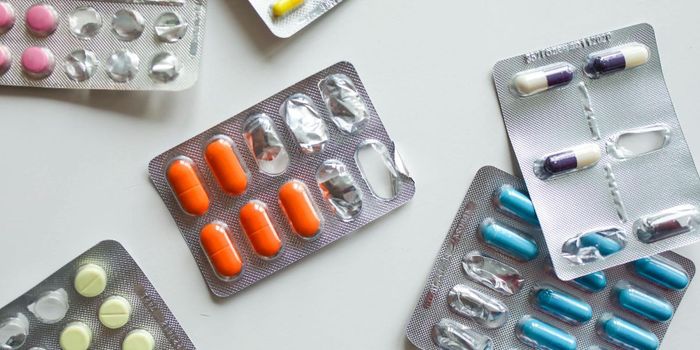Once neurons die or become damaged, they typically cannot be reproduced by the body. This is why aging is the greatest risk factor in developing a neurodegenerative disorder.

Stopping neuron damage and death in the human brain would be the most direct path to treating neurodegenerative diseases such as Parkinson's, Alzheimer's, Huntington's disease, and Amyotrophic lateral sclerosis (ALS). Such diseases are the result of progressive degeneration of nerve cells that causes ataxia (inhibition of movement) or dementia (inhibition of mental functioning).
We hear a lot about neuroplasticity and how the adult brain can retain its ability to make new neural connections in a way that mimics the ability of a child's brain to rapidly develop neural networks. But how exactly does one go about it?
Neurobiologists at the University of California, Irvine, have recreated a stage of neural plasticity in the brains of adult mice that matches the plasticity of the juvenile brain. The researchers transplanted embryonic neurons that express GABA, an inhibitory neurotransmitter that assists in cortical functioning such as vision and motor control.
The transplanted GABA neurons engendered increased plasticity that facilitated vigorous-or, shall we say youthful-rewiring in the brains of the adult mice.
Several weeks after researchers transplanted GABA neurons into adult amblyopic mice, according to co-author Melissa Davis, their vision was restored to normal levels. The results hold promise for GABA neuron transplant.
Sunil Gandhi, one of the study's co-authors, said: "These experiments make clear that developmental mechanisms located within these GABA cells control the timing of the critical period (of neuron development)."
A 2012 UCSF study demonstrated that the GABA interneuron cells survive transplant at a roughly steady percentage despite the total volume transplanted. Those experiments showed generally that transplanting GABA-secreting interneurons, a deficiency that's been linked with numerous neurological disorders, can be added in high volume to the brain, and can survive without affecting the population of endogenous interneurons. This discovery augments the significance of work such as that by Gandhi et al. at UC Irvine.
By reactivating plasticity in the brain, the researchers have set a course that could point to treatment for neurodegenerative disease as well as developmental neurological disorders such as schizophrenia and autism.
Follow Will Hector on Twitter: @WriterWithHeart
(Sources: Science Daily; UCSF)









